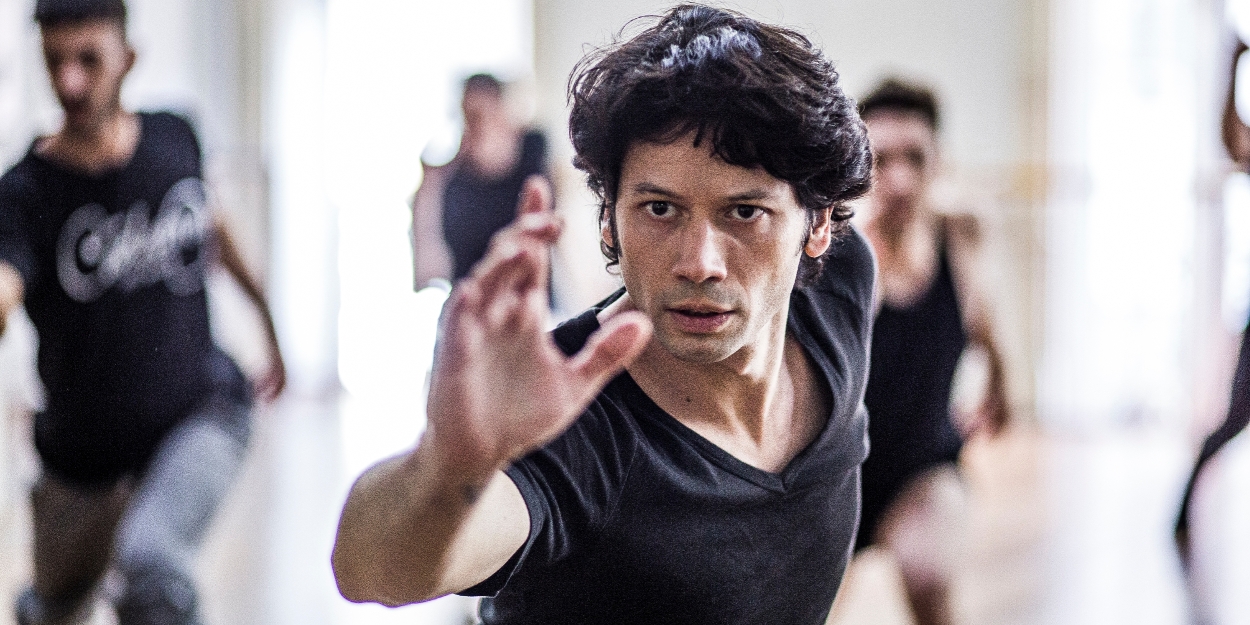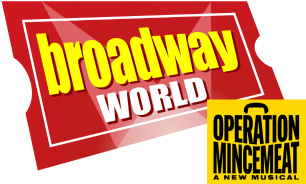Interview: ABT Principal Dancer Herman Cornejo Brings ANIMA ANIMAL to New York Audiences
Don’t miss this gripping program, having its New York premiere at The Joyce Theater from February 18-23!

Herman Cornejo is a modern-day ballet legend. For over 25 years, he’s graced stages all across the world, known for his transformative gift of embodying each and every role, no matter how different. From Son in Prodigal Son, to Rose in Le Spectre de la Rose, to Albrecht in Giselle, Cornejo is a master class in ballet technique, equally commanding in both power and precision.
Next week, he’ll return to The Joyce Theater to pay homage to an unrealized, century-old vision from Vaslav Nijinsky, which Cornejo has reimagined in the powerful ballet, Anima Animal. Influenced by Nijinsky’s everlasting impact on the ballet world and the original concept of the work—the legend of the Urutaú bird, a mystical creature found in Argentina—Cornejo collaborated with a team of Argentinian artists to bring to life a piece that aims to honor “the connection with the planet and the knowledge of the stars.”
I recently sat down with Herman to discuss the ballet and his artistic process.
Q: Knowing your shared repertoire, I can imagine Nijinsky has influenced you. How would you describe his impact on you throughout the different phases of your career?
HC: Nijinsky—not only for me, but for many dancers around the world—is the iconic male dancer who opened the door for all of us to do ballet. He showed what dance could be for a male dancer. Thanks to his visit with The Ballet Russes in Buenos Aires back in 1917, Buenos Aires created a company and school inspired by his dancing. My school was created with his image and technique, so, at an early age, I was drawn to the way he danced.
Then, in my professional career, I started doing several of his iconic roles, so I became even more connected to him. To find out that he spent four months in Buenos Aires before he was diagnosed with his illness, I was amazed to learn he was going to create [this] ballet…with indigenous origins and the Guarani legend of the Urutaú bird transforming. So, it’s full circle for me to start ballet under his inspiration and now, after 26 years as a Principal Dancer, to create a piece I feel is honoring him.
Q: Talk me through the process of developing Anima Animal—where did you start and how did it evolve creatively?
HC: The whole ballet was written down already by two Argentines, and it was based on the Urutaú story, but I thought I could go deeper and bring the essence of what indigenous people have in common.
Steps came through my head and even though I choreograph, I knew somebody else had to do it. I came across this choreographer [Anabella Tuliano] who I thought had the perfect movement for what I had in mind. And it was a coincidence that she was Argentinian—and her group [Grupo Cadabra] is based in Buenos Aires! The crazy part is that I also started to listen to music—I wanted classical music that I could dance to, but also to mix it with sounds of the Earth and its rhythms. I found a person and contacted him in English, and he said ‘I’m Argentinian as well, I live in Buenos Aires.” So, everything was such a huge coincidence that I knew it was meant to be.
Q: What is it about this piece that most represents you as an artist?
HC: For me, it’s the meaning behind the piece—the transformation. As a dancer, you go through many phases of transformation; from student to professional, or when you have injuries, you [can] transform into a better dancer. All of that involves a journey, which is what this piece is about—it’s about the struggles you go through and eventually, the transformation into something better.
Q: What is it about this moment in time that feels right to show Anima Animal to New York audiences?
HC: Well I think everything in life happens for a reason. For me, it’s incredible to think that this piece Nijinsky was never able to do was hidden for almost 110 years. It’s just a gift that I came across this and the fact that I had the time to do it while the [COVID-19] pandemic hit. I was forced to leave the stage and in a way, it put me in the same perspective Nijinsky had at the time.
The Joyce is also the perfect house to show it—it’s very intimate where you can really connect with the dancers, the movement, and the story. Also, it’s an audience that’s accustomed to new things. It’s going to be Grupo Cadabra’s first time in New York, so to introduce a new company is big, and I know the Joyce will appreciate it.
Q: What’s your one wish for the week ahead?
HC: Honestly, my wish has been fulfilled, which is to perform it in New York. I know Anima Animal will have a long life because it is a timeless story that we go through [repeatedly]. But in my mind, this piece is a trilogy. Anima Animal is a full piece itself, but for me, it’s part one of three parts of a full-length ballet.
[Writer's Note: And isn’t the promise of more—and looking ahead—always a good thing?]
Photo Credit: Felix Busso
Comments

Videos
